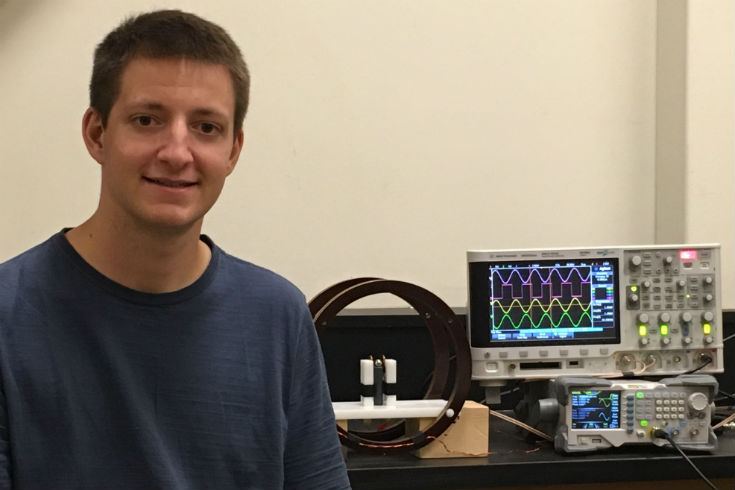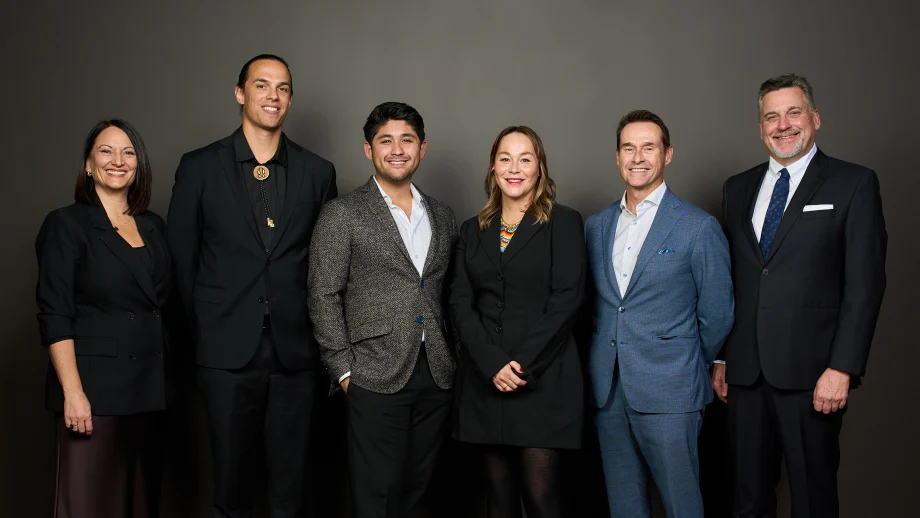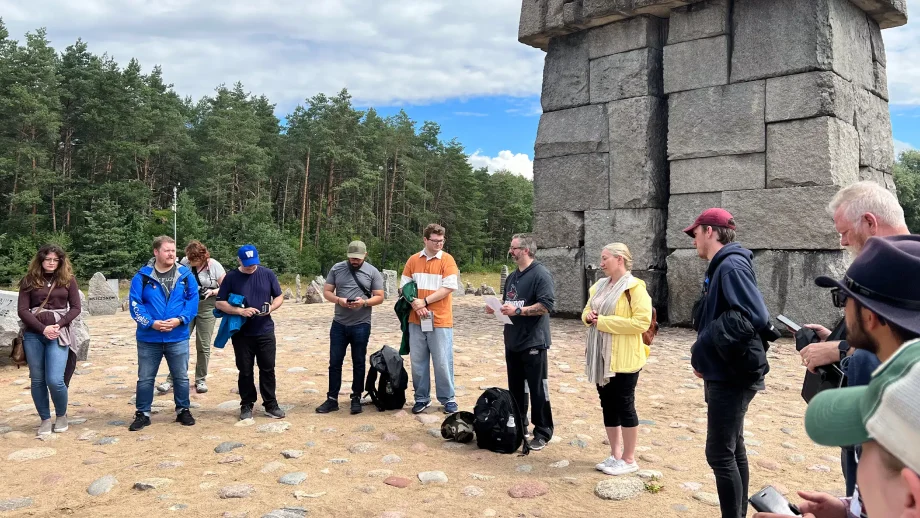
Michael Honke, photo supplied
UWinnipeg alum Michael Honke turned his undergraduate summer laboratory research experiment at UWinnipeg in 2017 into a research paper that was published in the American Journal of Physics, a highly respected pedagogical journal. His paper, The metallic sphere in a uniform ac magnetic field: A simple and precise experiment for exploring eddy currents and non-destructive testing, explores the phenomena of eddy currents, which are electrical currents generated in metallic objects when they are exposed to a time varying magnetic field. Honke demonstrated this principle by being able to distinguish the composition of Canadian pennies that all appear to be copper on the outside, but internally could in fact be composed of copper, zinc, or steel. One of the main uses of this phenomena is for non-destructive testing of metal parts, such as looking for tiny defects in aircraft structures or the inspection of railroad tracks.

Dr. Christopher Bidinosti © David Lipnowski Photography
Dr. Christopher Bidinosti, Honke’s physics professor and advisor, built the original version for his fourth-year advanced physics laboratory course.
“I have been using it in the course for many years, but Michael improved upon it, especially with regard to automatic data collection and analysis. The results from this rather simple teaching apparatus are really amazing – research grade. It resulted in very high-quality data that shows exceptional agreement with theory.”
Honke wanted to develop an undergraduate experiment with a strong theoretical background.
“Working with Dr. Bidinosti, I learned how to perform accurate original research,” said Honke. “We first developed the basic theory behind our experiment and then designed the apparatus. After refining the experimental method and gathering copious amounts of data, it was time to finally write the paper and submit it to the journal. I then experienced the review process, the last step before having a paper published, which ensures it is up to the journal’s strict quality standards.”
This research was supported by the Natural Sciences and Engineering Research Council of Canada’s Undergraduate Student Research Award (USRA), which aims for students to learn how to do research and go on to graduate studies.
“Programs like the USRA give our students an amazing opportunity to cut their teeth on real research,” added Bidinosti.
“Experiencing all of this during my last summer at UWinnipeg has been great preparation for graduate studies,” said Honke. “It shows the strength of the Department of Physics, where students such as myself can be active participants in research.”
While at UWinnipeg, Honke won several awards and graduated with the Chancellor’s Gold Medal for the Highest Standing in Science in 2017, with a 4-year Bachelor of Science Honours. He is currently studying at the other UW, the University of Waterloo, pursuing a master’s degree in computer science. He is part of the Scientific Computing and Computation Motion Group labs studying fluid simulation.




